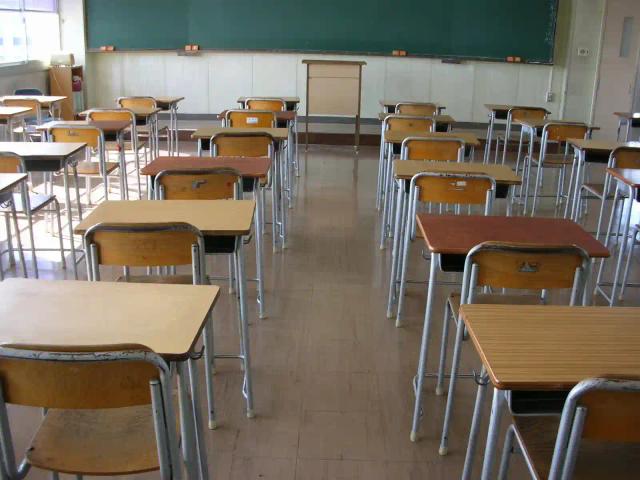Five Compulsory Subjects For O-Level Learners Under New Curriculum

Ordinary Level learners will now take a maximum of eight subjects, five of which are compulsory and three of their own choice, while there will be a maximum of four subjects for Advanced Level learners, Ministry of Primary and Secondary Education official has said.
The changes will be implemented under the Heritage-Based Education Curriculum whose operationalisation begins when schools open for the second term on 07 May 2024.
The Heritage-Based Education 2024 to 2030 curriculum framework, is replacing the Continuous Assessment Learning Activities (CALA).
The changes will, however, not affect this year’s examination classes.
In an interview with The Manica Post, Director of Communications and Advocacy in the Ministry of Primary and Secondary Education, Taungana Ndoro, said:
HOT DEALS:
itel A70 - (128GB, 3GB RAM) $89,
itel A70 - (256GB, 4GB RAM) $99
itel P40 (128GB, 4GB), (6000mAh) $99
itel P40 (64GB, 4G), (6000mAh) $93
LATEST:
itel S24 (128GB) $124 (108MP camera)
itel S24 (256GB) $159 (108MP camera)
Cash on Delivery in Harare & Bulawayo. Tinotumira kwamuri inosvika.
WhatsApp: 0783 450 793
These are the initial modalities on how schools are supposed to run. For example, we will be having five compulsory subjects for O-Levels, and a total of eight learning areas per learner.
For A-Level, there is requirement for a minimum of three learning areas and a maximum of four per learner. We should also remember that the curriculum is not affecting the current examination classes.
Circular 4 of 2024, released by the Ministry of Primary and Secondary Education early this week reads:
The implementation of the primary and secondary curriculum will be as follows: All the 2024 examination classes, that is, Grade Seven, Form Four and Form Six, will continue with the old curriculum and its assessment modalities.
The 2024 examination classes (Grade Seven, Form Four and Form Six), will continue with CALAs to complete the assessment cycle and submit to ZIMSEC. Non-examination classes will commence School-Based Projects in May 2024.
Under the Heritage-Based Education 2024 to 2030 curriculum, each learner at whatever level will do one project per learning area per year. Reads the circular:
For the 2024 Grade Six, Form Three and Form Five learners, school-based projects will be considered as part of the coursework mark to ZIMSEC in 2025.
Both the primary school level and the secondary school levels will continue to use the syllabi until December 31, 2024 after syllabus review. It says:
In Forms One to Four, all learners study the following five core and compulsory learning areas: (1) Mathematics (ii) English Language (iii) Indigenous Language and Literature (iv) Combined Science (v) Heritage Studies. In addition, learners also study at least three necessary electives.
The circular further states that the learner can now select three more subjects of their choice from a cluster of sciences, languages, humanities, commercials, technical and vocational education, physical education and arts.
The recommended number of learning areas for study per learner is eight.
In Part 3.3.2, which deals with Upper Secondary School Level (Form Five and Form Six), the circular reads:
Form Five and Form Six learners will study learning areas according to the career pathway.
A learner is placed into a pathway of choice using the acquired competencies (knowledge, skills and values) and profile record.
All learning areas have the same weight. The curriculum promotes five pathways which are Science, Technology, Engineering and Mathematics (STEM): Visual Performing Arts; Technical and Vocational Education and Training; Humanities and Commercials.
The pathways for STEM, for example, has learning areas that include Mathematics, Physics, Biology, Software Engineering, Computer Science, Agriculture, Geography, Physical Education, Sports and Mass Displays, while the Humanities pathway has Sociology, Indigenous Literature, Foreign Language, Heritage Studies, Art, Physical Education, Sports and Mass Displays.
Commercials pathway has Economics, Business Enterprise, Agribusiness, Physical Education, Sports and Mass Displays, Software Engineering and Computer Science.
Visual and Performing Arts pathway has learning areas that include Film, Music, Theatre Arts, Physical Education, Sports and Mass Displays, Computer Science and Software Engineering.
More: Pindula News





